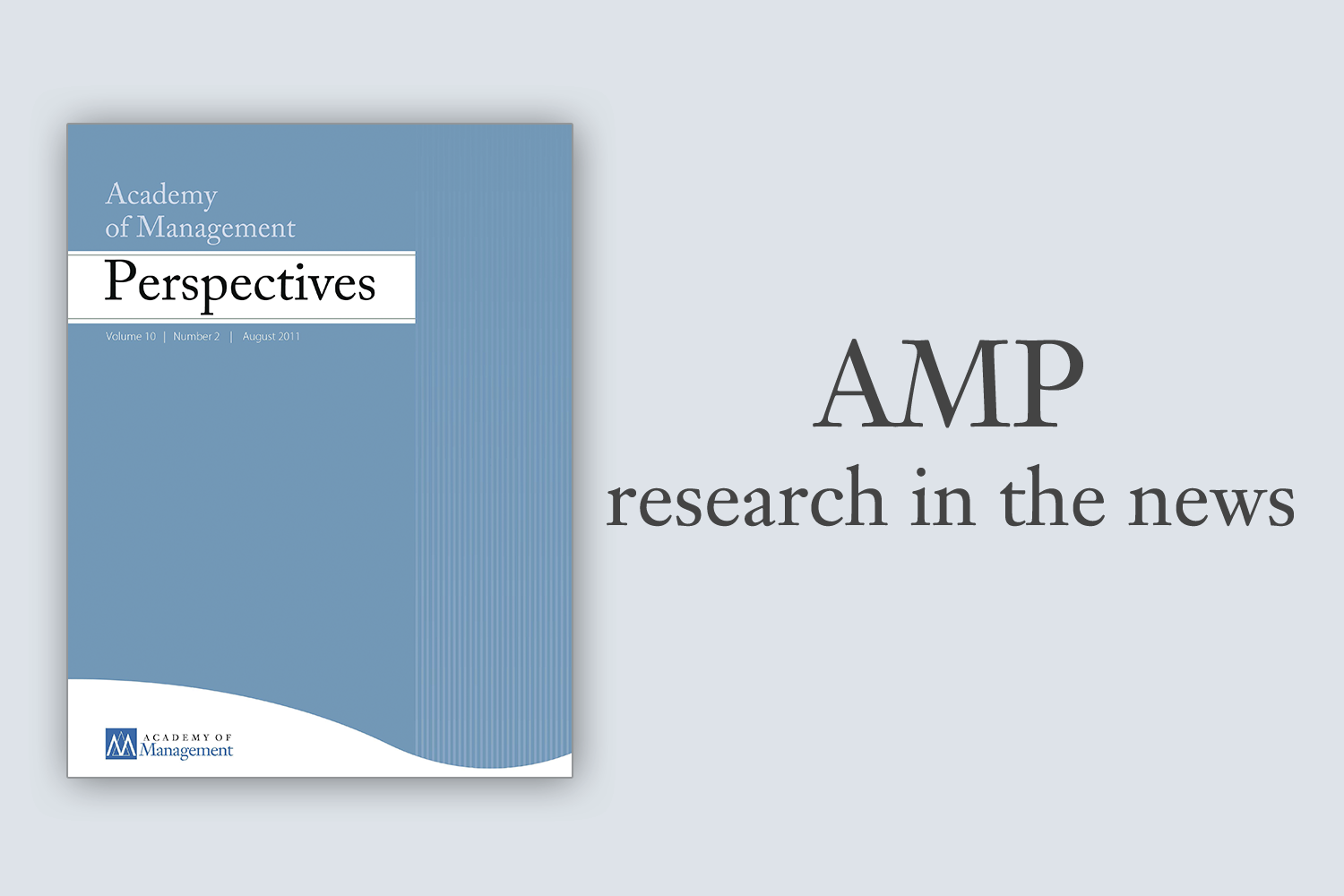
Narrow Intelligence programs are the spam filters on your email inbox, facial recognition software, recommendations brought to you by Amazon, Netflix, Google Ads, etc. Narrow Intelligence machines are not only self-aware, but self-preserving. “Personal assistants” like Siri and Cortana use Narrow Intelligence. Narrow Intelligence is the only type of AI to exist currently. Question 6: Which of the following is NOT true about Narrow Intelligence? Question 5: True or False: The development of Applied Artificial Intelligence, what we have now, could lead to the AI we dream of, termed Artificial General Intelligence. Question 4: Fill in the blank: _ analyze, visualize, and model large sets of data to build and implement new machine learning models to inform and guide industry decisions-whether that is in science, marketing, media, or law. Question 3: Fill in the blank: _ is the first industrial robot to replace a human on an assembly line at a GM automobile manufacturing plant in New Jersey. Question 2: Fill in the blank: _ is known as the “father of theoretical computer science and artificial intelligence.” Question 1: True or False: AI, in its current state, could be said to be computers or programs that attempt to mimic human intelligence through displays of reasoning, learning, analyzing, and problem solving. Question 4: In Density-based Clustering, the points along the perimeter are considered _. In this method, each data point is considered as a different group to start with and then based on the distance between each other they are aggregated progressively until they make one big cluster. Question 3: _ is a hierarchical method of clustering. Question 2: True or False: Classification can be of two types: Binary Classification and Multi-level Classification. Question 1: True or False: There are two types of Supervised learning: Classification and Regression. Question 4: In _ data is selected to support the desired outcome and data that runs counter to the ideal is purposely ignored. AI must be designed for intelligent privacy. Question 3: Which of the following is NOT one of Satya Nadella’s Proposed Laws for AI? Question 2: Which of the following is NOT part of the acronym IRAC? #Artificial academy 2 guide pdf software
Question 1: True or False: AI analytics is a component of business intelligence that uses software that mimics human behavior such as learning, reasoning, and analyzing. Question 4: Which of the following is a very robust QandA bot that is most often accessed by voice as a chatbot? Question 3: True or False: The core of bot programming is Natural Language Processing which can be automated through QandA cognitive services which creates a natural conversational layer over a custom knowledge base of information. Question 2: _ is the process of pulling meaningful data from images and video to accomplish a given task. To do this, programs use operations like: Question 1: Machines must have structures in place that allows them to acquire, build, and understand language. Question 4: True or False: Artificial Super Intelligence is where machines go beyond human intelligence, including creativity, intelligence, memory, and ability. Question 3: _ is moving onto the realm of computers that operate in such a human manner that they have self-awareness. Question 2: True or False: Narrow Intelligence if the only type of AI to exist currently. is often called Artificial General Intelligence. Question 1: True or False? Artificial Intelligence as we know it now-self-driving cars, phone apps, etc. Question 4: _ attempts to mimic the way the brain works and learns with multiple nodes between the input and the output with the program building connections between those nodes. Question 3: True or False? Machine Learning is a computer programmed to learn like a human, but faster.
the father of information theory which contributed to the development of modern AI. the one who coined the term “artificial intelligence” in 1955.  the father of theoretical computer science and artificial intelligence.
the father of theoretical computer science and artificial intelligence.  the one who popularized the term “machine learning.”. Question 2: Alan Turing (1912-1954) is known as:
the one who popularized the term “machine learning.”. Question 2: Alan Turing (1912-1954) is known as:






 0 kommentar(er)
0 kommentar(er)
